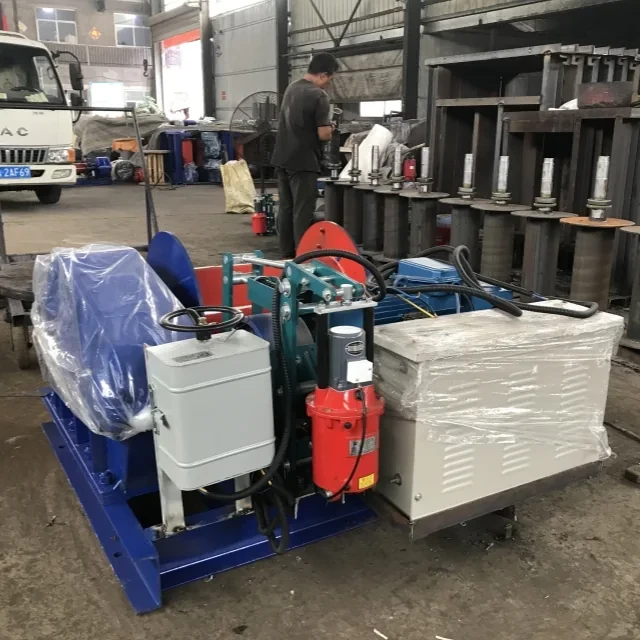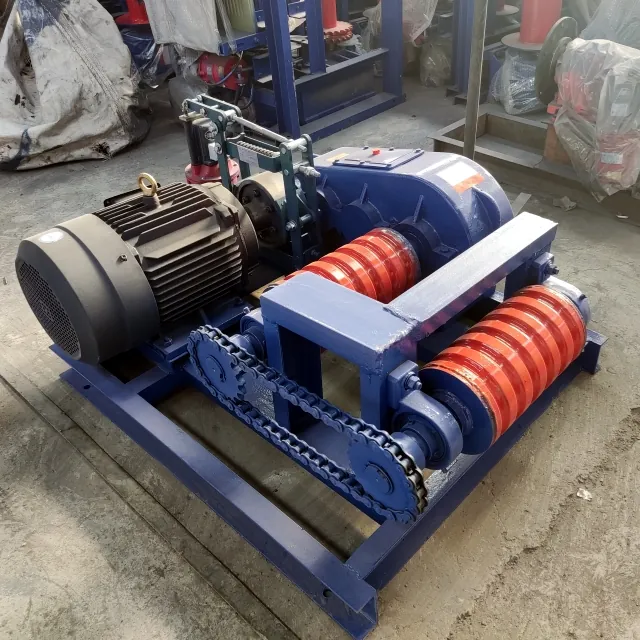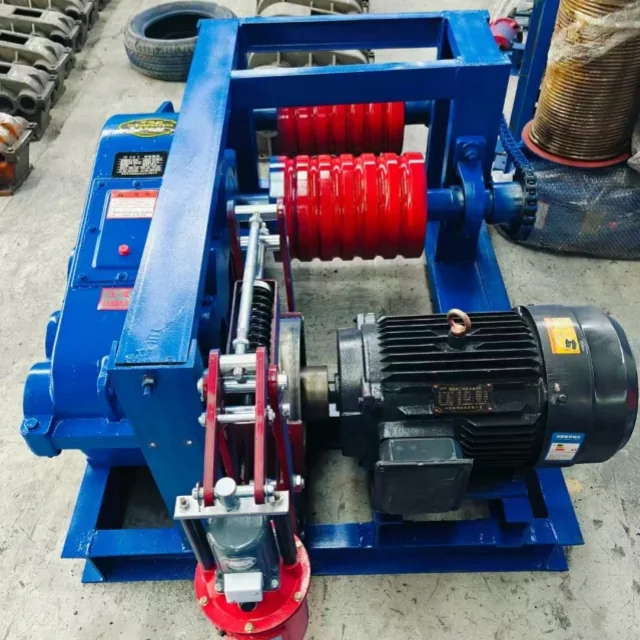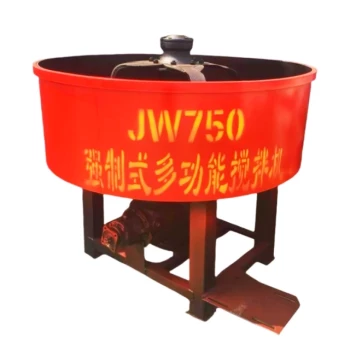When seconds determine success or failure, the speed of your winch rope isn’t just a metric—it’s the backbone of operational efficiency. This article breaks down why 18–25 meters per minute (m/min) is the goldilocks zone for quick winch performance across marine, construction, and mining applications. You’ll learn how to match speed to task demands and why cutting corners on this specification risks safety and productivity.
Quick Winch Rope Speed Dynamics
Critical Role in Time-Sensitive Operations
In industries where delays cascade into costly downtime or endanger lives, winch rope speed directly impacts outcomes. Consider these scenarios:
- Marine rescues: A 5 m/min lag could mean the difference between retrieving a survivor or losing them to hypothermia.
- Construction lifts: Slower speeds delay material deliveries, stalling entire teams.
- Mining evacuations: Equipment retrieval during collapses demands precision timing.
Ever wondered why "quick" winches aren’t always the fastest? Raw speed without control is useless—balance matters.
Technical Factors Influencing Speed Variations
Winch rope speed isn’t arbitrary; it’s engineered around:
- Motor Power: Higher torque enables consistent speed under load.
- Drum Diameter: Larger drums reduce rope fatigue at high speeds.
- Load Sensors: Smart systems adjust speed dynamically to prevent snapback.
For example, Garlway winches integrate load-sensitive governors to maintain 20 m/min even with 80% capacity shifts—key for unpredictable mining environments.
Application-Speed Matching Guide
Marine Rescue Speed Thresholds
Research shows 18–22 m/min optimizes survival rates:
- Below 15 m/min: Prolonged exposure risks hypothermia.
- Above 25 m/min: Water resistance destabilizes victims during retrieval.
Visual metaphor: Think of towing a swimmer—too slow exhausts them; too fast tears the lifeline.
Construction Site Productivity Benchmarks
A 2023 study of high-rise projects found:
- 22 m/min reduced crane idle time by 37% when lifting prefab panels.
- <18 m/min caused bottlenecks, delaying subsequent trades (e.g., electricians).
Garlway’s variable-speed models let crews toggle between 18 m/min for delicate glass panels and 25 m/min for steel beams.
Mining Safety-Paced Retrieval Standards
In Australian mines, regulated "safety retrieval" mandates:
- 20–23 m/min for personnel cages—fast enough to escape gas leaks but controlled to prevent panic.
- 25 m/min max for equipment to avoid debris dislodgement.
Key Takeaways and Actionable Advice
- Audit Your Needs: Map speed requirements to task urgency and load fragility.
- Prioritize Adjustability: Opt for winches with programmable speed presets (like Garlway’s dual-mode systems).
- Test Under Load: Simulate real-world conditions—speed specs often assume ideal scenarios.
Whether you’re hauling a drowning sailor or reinforcing a skyscraper, the right rope speed isn’t just about moving fast—it’s about moving right.
Need a winch that adapts to your industry’s demands? Explore Garlway’s range of speed-optimized solutions designed for mission-critical operations.
Related Products
- Electric and Hydraulic Winch for Heavy Duty Applications
- Warn Winch Windlass Boat Trailer Winch
- Electric 120V Boat Winch by Badlands
- Best 18000 Pound Drum Anchor Trailer Winch
- 12000 lb Heavy Duty Electric Boat Winch
Related Articles
- How Electric Winch Components Dictate Performance and Durability
- How Electric Winch Safety Features Prevent Catastrophic Industrial Accidents
- How Electric Winches’ Engineering Enhances Efficiency and Safety in Heavy-Duty Applications
- How to Choose and Safely Operate Winches for Construction Efficiency
- How to Maximize Electrical Winch Performance in Challenging Environments





















